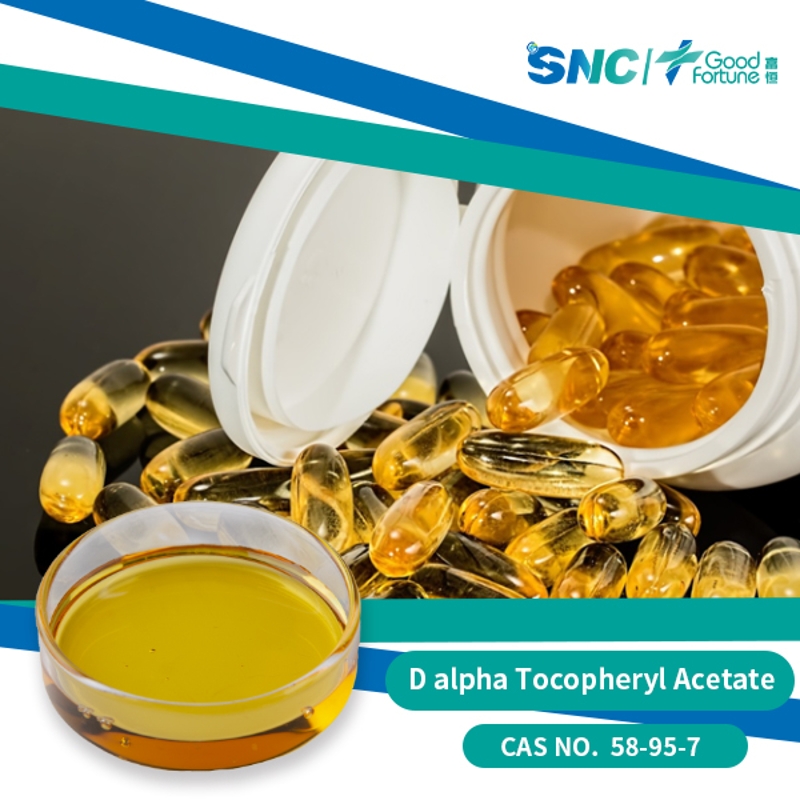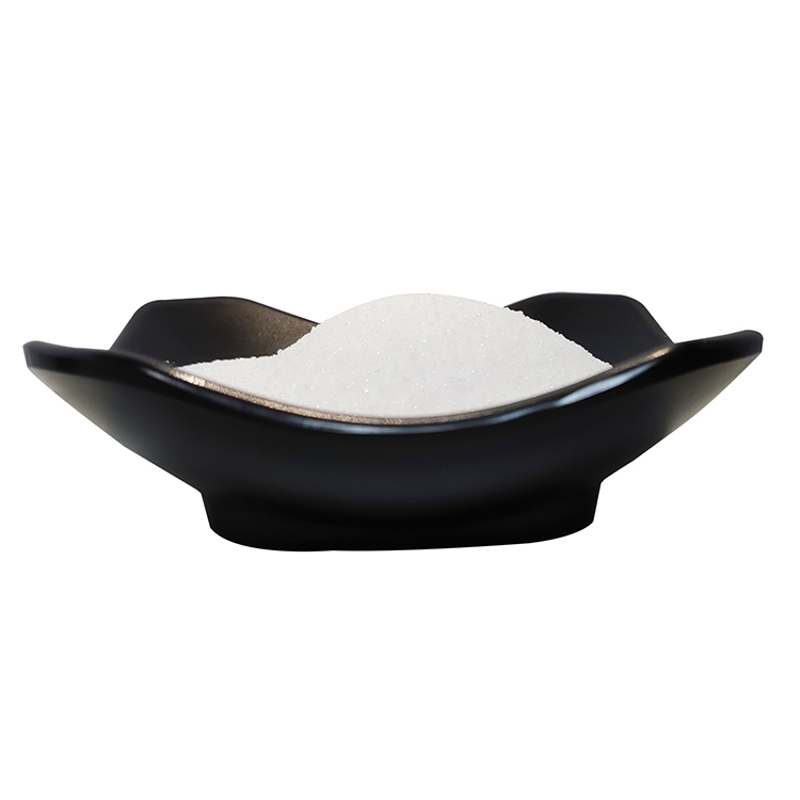-
Categories
-
Pharmaceutical Intermediates
-
Active Pharmaceutical Ingredients
-
Food Additives
- Industrial Coatings
- Agrochemicals
- Dyes and Pigments
- Surfactant
- Flavors and Fragrances
- Chemical Reagents
- Catalyst and Auxiliary
- Natural Products
- Inorganic Chemistry
-
Organic Chemistry
-
Biochemical Engineering
- Analytical Chemistry
-
Cosmetic Ingredient
- Water Treatment Chemical
-
Pharmaceutical Intermediates
Promotion
ECHEMI Mall
Wholesale
Weekly Price
Exhibition
News
-
Trade Service
Scientists can convert the greenhouse gas carbon dioxide into a higher-value, multi-carbon product, treating it as an intermediate for potential
fuels.
In this study, the scientists investigated a new method of
converting the process.
This method uses a material called a tandem catalyst – an electrode
with two catalytic regions.
The first part uses a silver or iron-nitrogen carbon-based catalyst to convert carbon dioxide into carbon
monoxide.
The second region uses a copper catalyst to convert carbon monoxide into a compound
containing multiple carbon atoms.
Multi-carbon products can be used as feedstocks
for other chemicals or potential fuels.
In the new study, the scientists determined the relative dimensions of the two regions in the electrode and the rate of carbon dioxide introduction to increase the rate
at which carbon dioxide is converted into a multi-carbon product.
Converting carbon dioxide emitted by air or industry into higher-value fuels could be a promising way to
reduce greenhouse gas emissions.
This approach could partially replace fossil fuels as raw materials
.
These studies have created an optimized two-catalyst approach that improves on current methods
for converting carbon dioxide into multi-carbon compounds.
This method converts more carbon dioxide into the desired compound
.
This research includes experiments and simulations to understand the importance of carbon monoxide and how it shifts from the catalyst produced to the catalyst
that produces the product.
The study also shows how the structure of the catalyst and the concept of tandem catalysts can improve strategies
for converting CO2 into multi-carbon products.
Summary.
fuels.
In this study, the scientists investigated a new method of
converting the process.
This method uses a material called a tandem catalyst – an electrode
with two catalytic regions.
The first part uses a silver or iron-nitrogen carbon-based catalyst to convert carbon dioxide into carbon
monoxide.
The second region uses a copper catalyst to convert carbon monoxide into a compound
containing multiple carbon atoms.
Multi-carbon products can be used as feedstocks
for other chemicals or potential fuels.
In the new study, the scientists determined the relative dimensions of the two regions in the electrode and the rate of carbon dioxide introduction to increase the rate
at which carbon dioxide is converted into a multi-carbon product.
Converting carbon dioxide emitted by air or industry into higher-value fuels could be a promising way to
reduce greenhouse gas emissions.
This approach could partially replace fossil fuels as raw materials
.
These studies have created an optimized two-catalyst approach that improves on current methods
for converting carbon dioxide into multi-carbon compounds.
This method converts more carbon dioxide into the desired compound
.
This research includes experiments and simulations to understand the importance of carbon monoxide and how it shifts from the catalyst produced to the catalyst
that produces the product.
The study also shows how the structure of the catalyst and the concept of tandem catalysts can improve strategies
for converting CO2 into multi-carbon products.
Summary.
Electrochemical CO2 reduction (CO2R) has considerable potential
in converting carbon dioxide (CO2) into valuable chemicals and fuels using renewable electricity.
However, this conversion requires a trade-off
between rate and selectivity.
Scientists believe that carbon monoxide (CO) may play a key role
as an intermediate in the CO2R process.
In this study, researchers from the University of Cincinnati, Lawrence Berkeley National Laboratory, and the University of California, Berkeley, used this concept to develop a tandem electrode structure consisting of different amounts of silver (Ag) or iron-nitrogen-carbon (Fe-N-C) catalysts to generate CO, which is then converted on copper (Cu) to form a multicarbon (C2+) product
.
This approach encompasses several key innovations
.
This includes the use of porous electrode structures and gases instead of traditional liquid feed at the cathode and liquid feed at the anode, where oxygen
is produced.
Innovation also includes the use of novel catalysts composed of Fe-N-C instead of Ag for better production of CO at the front end; and managing intermediate CO2 in a design flow field to improve CO transport and residence time
.
Experiments and simulations combined to illustrate how CO transport can be managed using copper-silver area ratio, loading of each catalyst, and gas flow to obtain optimal C2+ product formation rates and rates
.







